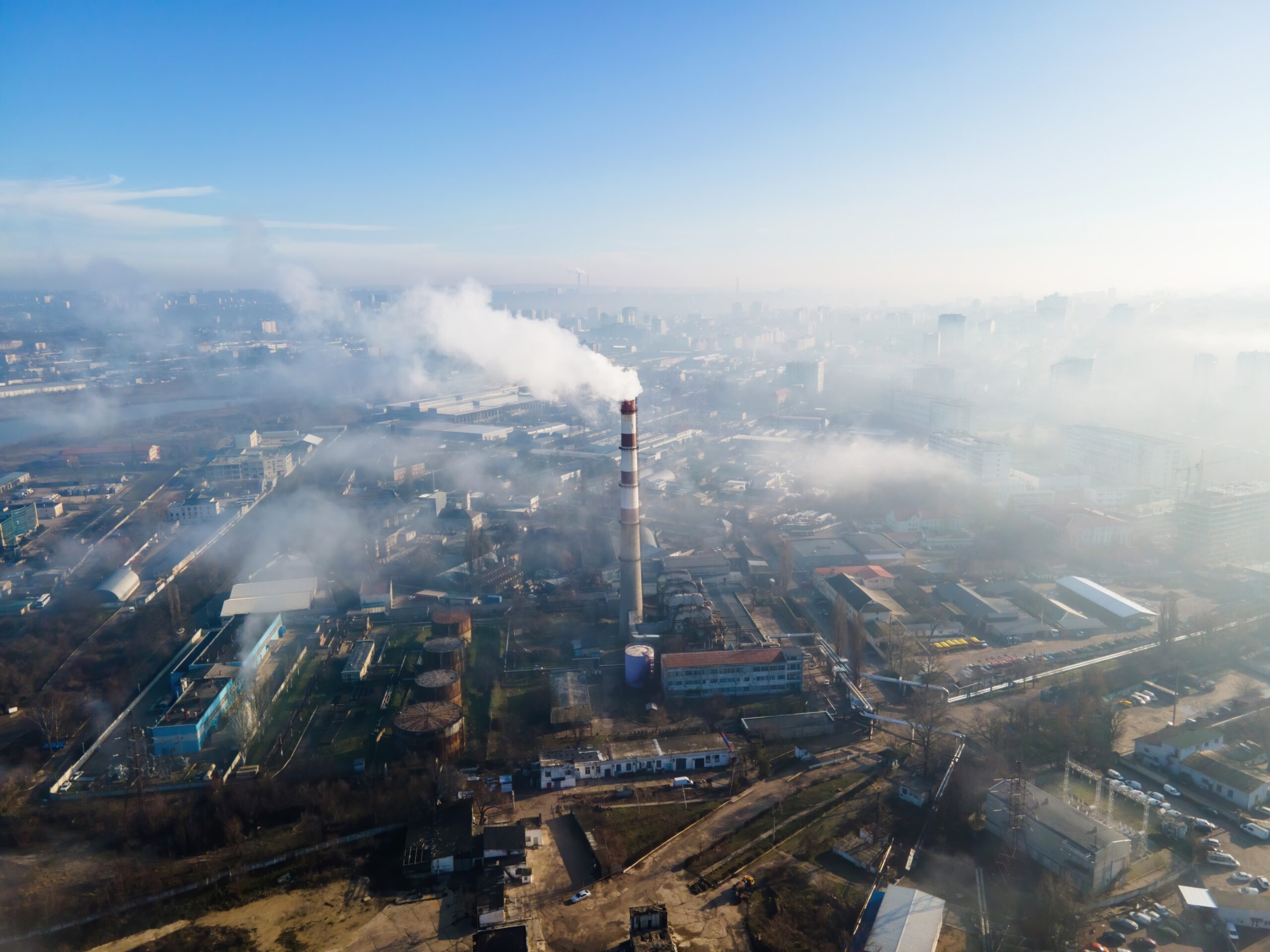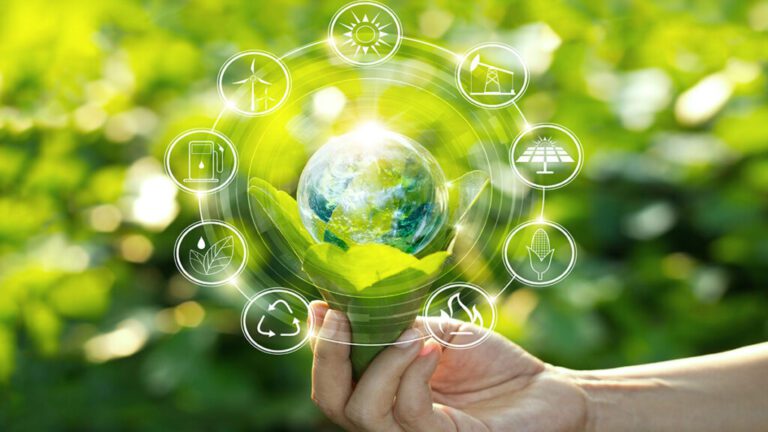
How Electrofuels Can Minimize Carbon Emissions & Drive a Low-Carbon Future

Climate change is no longer a distant warning.
It’s here. From rising heatwaves to extreme flooding, global warming has become one of humanity’s biggest challenges. A major culprit is clear: carbon emissions from burning fossil fuels.
But what if we could turn CO₂ itself into fuel? That’s where electrofuels, often called e-fuels, come in.
What Are Electrofuels?
Electrofuels are synthetic fuels made by combining renewable hydrogen with captured carbon dioxide.
- Hydrogen is produced using renewable electricity (solar, wind, nuclear, or hydro) through electrolysis of water.
- Carbon dioxide is captured from industrial processes, power plants, or even directly from the air using Direct Air Capture (DAC).
When combined, these elements form a liquid hydrocarbon fuel that can substitute for conventional fossil fuels like kerosene, gasoline, or diesel — but with far lower net emissions.
In short, electrofuels recycle CO₂ that would otherwise pollute the atmosphere, turning it into usable energy.
Why Electrofuels Matter
Global carbon emissions reached 16.75 billion metric tons in 2020, and projections show they will keep rising, especially in the Asia-Pacific region. Without major interventions, this will account for about 60% of global emissions by 2050.

Unlike traditional fossil fuels, burning electrofuels doesn’t add new carbon to the atmosphere. Since the CO₂ used in their production is already captured, they are considered near net-zero fuels.
This makes electrofuels especially valuable for sectors where decarbonization is difficult, such as:
- Aviation – Batteries are too heavy for long flights, but liquid electrofuels are compatible with jet engines.
- Shipping – Heavy maritime transport relies on dense fuels; e-fuels can replace bunker fuel.
- Heavy industry & heating – Electrofuels can substitute oil and gas in industrial furnaces and even residential heating.
Advantages of Electrofuels
- Drop-in compatibility – Works with existing engines and infrastructure (planes, ships, cars, pipelines).
- Net-zero potential – Recycling CO₂ prevents adding new greenhouse gases.
- Scalability – Can be used in multiple sectors beyond transport.
- Energy storage – Acts as a long-term storage solution for surplus renewable energy.
Challenges and Limitations
Electrofuels aren’t a silver bullet — at least not yet.
- High production cost – Currently, far more expensive than fossil fuels or even biofuels.
- Energy-intensive – Producing hydrogen through electrolysis requires large amounts of renewable power.
- Limited infrastructure – Widespread production and distribution systems are still in early stages.
Still, as renewable energy becomes cheaper and carbon pricing expands, electrofuels could gain traction quickly.
The Bigger Picture
Transportation is the second-largest contributor to global CO₂ emissions. While electric cars are helping on the ground, aviation and shipping need scalable, liquid fuel alternatives. That’s where electrofuels shine.

For sustainable businesses, startups, and governments, investing in e-fuels aligns with ESG goals, supports the transition to a circular carbon economy, and provides a pathway to hit net-zero targets by mid-century.
Electrofuels won’t solve climate change on their own, but they are a critical piece of the decarbonization puzzle. They take the very gas causing the problem and turn it into part of the solution, a powerful step toward a cleaner, greener future.







